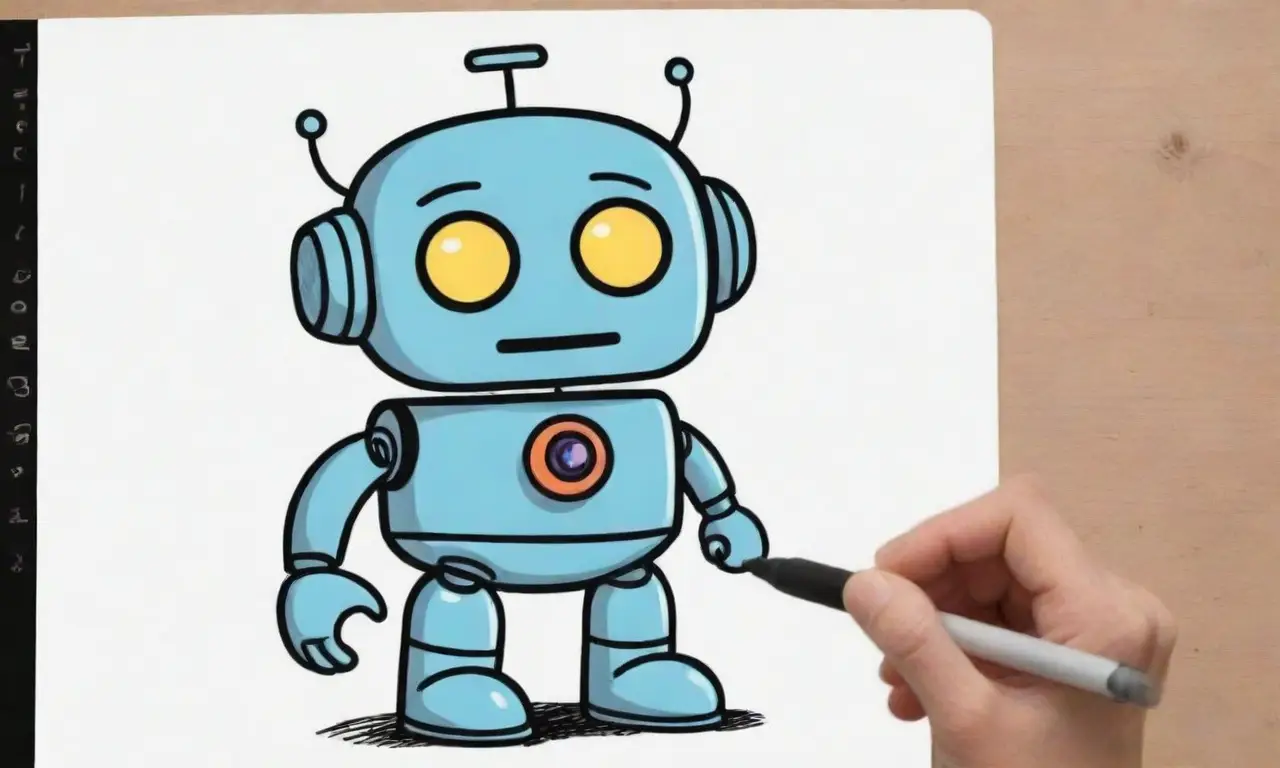
Utilizing Transfer Learning in Chatbot Development for Efficiency

Introduction
In recent years, chatbot technology has transformed the way businesses and organizations engage with their customers and users. By leveraging natural language processing (NLP) and machine learning capabilities, chatbots have become essential tools for enhancing customer service, providing support, and facilitating communication. However, developing an efficient and effective chatbot can be a daunting task due to the complexities involved in understanding human language and intent. This is where transfer learning comes into play, providing a powerful method to improve the chatbot development process.
In this article, we will delve into the concept of transfer learning, explore its relevance to chatbot development, and illustrate how it can significantly enhance efficiency while reducing the time and resources required to create high-performing conversational agents. We will cover various aspects, including an overview of transfer learning, its applications in chatbots, the advantages it offers, and some best practices for implementation.
Understanding Transfer Learning
Transfer learning is a machine learning technique that allows models to take knowledge gained from one task and apply it to another related task. This method has proven to be extremely beneficial in scenarios where data is scarce, or training a model from scratch would be computationally expensive and time-consuming. Instead of training a model from the ground up, transfer learning utilizes pre-trained models that have already learned from a vast amount of data.
The Process of Transfer Learning
Typically, transfer learning is carried out in two main stages. The first stage involves training a deep learning model on a large dataset, which enables it to capture generalized features and nuances of the specific domain. For example, in the context of natural language understanding, models like BERT (Bidirectional Encoder Representations from Transformers) or GPT (Generative Pre-trained Transformer) are pre-trained on extensive text corpora that imbue them with an impressive understanding of language.
The second stage entails fine-tuning the pre-trained model on a smaller, more specific dataset relevant to the particular task at hand. This process not only speeds up training times but also results in models that achieve state-of-the-art performance with relatively less data.
Applications of Transfer Learning in NLP
In the realm of natural language processing, transfer learning has yielded significant advances. By using models pretrained on large datasets (like the Common Crawl or Wikipedia), developers can create applications that require less data and computational resources. For instance, various applications such as language translation, sentiment analysis, and, of course, chatbot development have reaped the benefits of this approach.
When applied to chatbots, transfer learning allows developers to leverage existing language models and adapt them to specific intents and entities relevant to the chatbot's use case. This adaptability enhances the chatbot's capability to understand and respond to user queries more effectively.
Transfer Learning in Chatbot Development
Implementing transfer learning in chatbot development can drastically reduce the complexity and resources typically associated with building an intelligent conversational agent. Here are some compelling ways that transfer learning can be utilized in this field:
Leveraging Pre-Trained Language Models
At the core of many successful chatbots is a language model that has been pre-trained with general knowledge of human language. By employing sophisticated models such as BERT, GPT-3, or XLNet, developers can leverage the extensive linguistic patterns and contextual understanding these models possess.
For instance, a chatbot designed for handling customer support queries can utilize a pre-trained model to understand various intents—like billing inquiries, product information requests, and technical support questions—without having to manually craft rules for every possible scenario. As a result, the bot can provide accurate and contextually relevant responses by simply fine-tuning these models on a smaller dataset of customer interactions specific to the company.
Reducing Data Requirements
One of the most significant challenges in building effective chatbots is the requirement for large amounts of training data. Collecting or generating sufficient conversation data can often be costly and time-consuming. However, transfer learning significantly mitigates this issue. By employing pre-trained models, developers can train their chatbots with a fraction of the data typically needed.
As stated previously, during fine-tuning, the model leverages the learned representations from the extensive data it was initially trained on, making it capable of generalizing from fewer examples. This is particularly valuable in specialized domains, such as health care or finance, where annotated conversational data is often limited.
Accelerating Development Cycles
Developing chatbots from scratch can involve extensive cycles of data collection, preprocessing, modeling, and evaluation. With transfer learning, these cycles can be substantially shortened. Developers can quickly experiment with different configurations, adjusting hyperparameters or fine-tuning on various datasets with less overhead. As a result, organizations can deploy chatbots more swiftly and effectively by focusing on iterating their offerings rather than starting from ground zero.
Advantages of Transfer Learning in Chatbot Development

The implementation of transfer learning offers several advantages for chatbot development teams, creating an environment conducive to innovation while minimizing setbacks.
Improved Performance and Accuracy
By utilizing pre-trained models that have been trained on substantial and diverse datasets, chatbots can achieve remarkable performance levels with less effort. The rich linguistic features embedded within these models help chatbots understand user input more contextually, enhancing their ability to respond accurately and aptly. Studies have shown that chatbots employing transfer learning can outperform those built from traditional methods, particularly in terms of language understanding and intent recognition.
Cost Efficiency
Another compelling reason to employ transfer learning is its cost efficiency. By lessening the demand for large labeled datasets and extensive computational resources to train models from scratch, organizations can realize significant savings in both time and finances. Smaller teams can deliver high-quality chatbots without the burden of large budgets typically associated with AI projects.
Scalability
Transfer learning enables organizations to develop scalable chatbot solutions that can be adapted to diverse business needs. As the chatbot interacts with users, it can learn in real-time, allowing for ongoing enhancements. New intents and features can be integrated into the existing framework relatively easily, ensuring the chatbot can evolve with changing user demands and business contexts.
Best Practices for Implementing Transfer Learning
While the advantages of transfer learning in chatbot development are compelling, there are best practices that developers can follow to ensure successful implementation.
Choose the Right Pre-Trained Model
The effectiveness of the transfer learning process largely depends on selecting a suitable pre-trained model that aligns with your objectives. For instance, if your chatbot needs to conduct multi-turn conversations, using models that have been specifically trained on dialogue datasets would yield better results. Additionally, open-source models like BERT or GPT-3 can be explored based on the use case, and one should look at benchmarks to decide the most relevant option.
Tailor Fine-Tuning Process
Fine-tuning is essential to adapt pre-trained models effectively to the specific requirements of your chatbot. Pay attention to key factors such as the size of your fine-tuning dataset, the learning rate, and other hyperparameters. It is recommended to experiment with these aspects to determine the best configuration that maximizes performance while mitigating risks of overfitting.
Measure and Iterate
Once your chatbot is deployed, ongoing evaluation is crucial for ensuring its continuous improvement. Metrics such as accuracy, user satisfaction, and response time should be tracked regularly. Gather user feedback to identify pain points and iteratively enhance the model using transfer learning techniques, ensuring your chatbot evolves to meet users' changing needs.
Conclusion
In the fast-paced digital landscape, enabling efficient communication between businesses and users is vital, and chatbots play a crucial role in this interaction. By employing transfer learning, organizations can efficiently develop robust chatbots that provide valuable insights and foster meaningful connections. The ability to leverage pre-trained language models diminishes data requirements, accelerates development, and improves accuracy, paving the way for smarter, scalable solutions.
As we move towards a world where AI-powered conversations will become increasingly prevalent, understanding and utilizing techniques such as transfer learning will prove imperative in creating effective conversational agents. By investing time and resources into adopting these methods now, organizations can position themselves at the forefront of chatbot technology, ultimately enhancing their customer engagement, support strategies, and future opportunities.
In conclusion, transfer learning is not just an innovative technique—it's a game changer in the chatbot development ecosystem. As developers and businesses recognize the unique advantages of this approach, they will undoubtedly continue to explore its potential, unlocking a new realm of possibilities for intelligent chatbots that are responsive to user needs and adaptable to the challenges of tomorrow.
If you want to read more articles similar to Utilizing Transfer Learning in Chatbot Development for Efficiency, you can visit the Chatbot Development category.



You Must Read